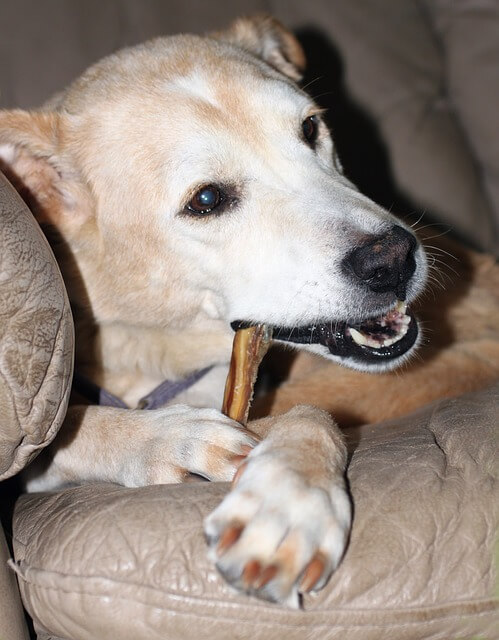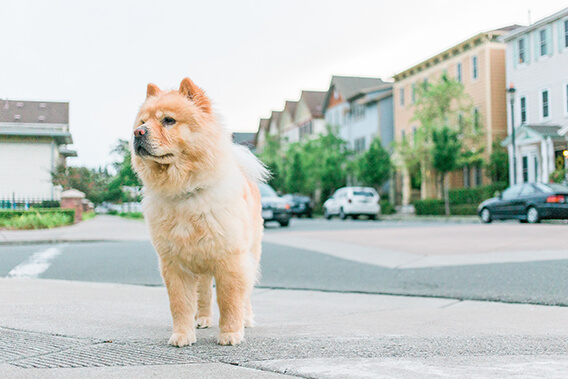Territorial marking and submissive urination are two common house training problems with clear cut solutions. Dog owners, however, often fail to recognize these behavioral issues or fail to address them properly.

Put an end to your Dog's excessive Chewing today with Daniel Stevens!
What is Territorial Marking
Although territorial instincts vary from breed to breed, and from dog to dog, in general we can say that 1) males tend to be more territorial than females; 2) breeds that are traditionally used as guard dogs are more territorial than others; 3) territorial behavior is more prevalent in animals that have not been neutered or spayed; and 4) territoriality can present or increase as the dog ages. It is possible and sometimes necessary to treat territorial marking outside the house as a behavioral problem when it is accompanied by other aggressive or obsessive behaviors. But it is always a problem whenever a dog is marking inside: not only is the dog making a mess, he may be effectively pulling rank on his owner and "claiming" the house as his own.
Territorial marking can be difficult to distinguish from straightforward house training accidents, especially in younger dogs. But there are some strong indications:
- the dog will only release small amounts of urine and "spray" the object being marked. Often the target is vertical - the higher the better is the idea.
- there are additional signs of dominance or aggression directed toward you, or potentially other dogs in your household
- the marking tends to be on objects newly introduced into the home, or on / near items that belong to people who are new to the environment (such as visiting family or friends).
Dealing with Territorial Marking
If you believe your dog is exhibiting signs of territorial marking in your house, and he / she has not been neutered / spayed, it is definitely worthwhile to consider this procedure as a first option. If you live in a multiple dog household, you should become more aware of the hierarchy that is present and take active steps to intervene when conflicts arise. Make sure your OWN position at the very top of this hierarchy is clear. If your dog understands that he or she is, at best, second in command of the pack, this manifestation of their perceived dominance is less likely to occur. Clean and deodorize all soiled areas thoroughly, and restrict access to repeat targets if necessary, or make them less attractive by feeding and playing with your dog in those areas.
Lastly, keep items that are potential targets for marking out of harm's way. This should help stop some of the more common dog problems.


